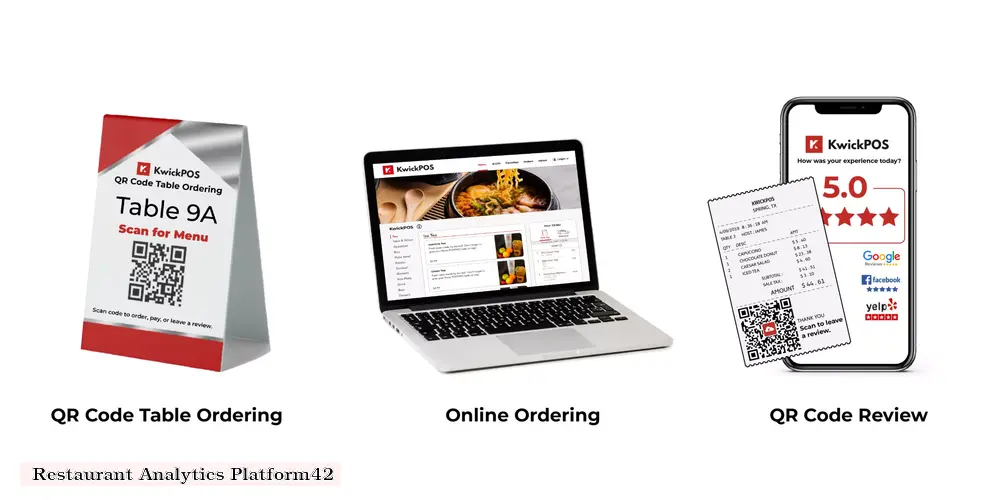

1. Sales and Revenue Analysis: A restaurant analytics platform can provide insights into sales trends, revenue streams, and profitability. It can help identify the most profitable menu items, peak sales periods, and areas for improvement.
2. Inventory Management: By tracking inventory levels and costs, a restaurant analytics platform can help reduce food waste, optimize inventory orders, and improve margins. It can also alert managers to potential supply chain issues, such as price increases or vendor problems.
3. Labor Management: A restaurant analytics platform can help managers optimize staff scheduling, track labor costs, and improve employee performance. It can also provide insights into employee turnover rates, training needs, and engagement levels.
4. Customer Analytics: By analyzing customer data, a restaurant analytics platform can help restaurants personalize the customer experience, increase loyalty, and improve marketing efforts. It can provide insights into customer preferences, behavior, and feedback, as well as identify opportunities for upselling and cross-selling.
5. Operational Efficiency: A restaurant analytics platform can help managers identify bottlenecks, reduce wait times, and improve table turnover. It can also provide real-time alerts for maintenance issues, such as equipment failures or plumbing problems.
6. Benchmarking and Competitive Analysis: A restaurant analytics platform can help restaurants compare their performance against industry benchmarks and competitors. It can provide insights into industry trends, best practices, and areas for improvement.
When choosing a restaurant analytics platform, it's important to consider the specific needs and goals of the restaurant. Here are some factors to consider:
1. Ease of Use: The platform should be user-friendly and intuitive, with customizable dashboards and reports.
2. Integration: The platform should integrate with existing systems, such as POS, inventory, and reservation systems.
3. Scalability: The platform should be able to grow with the restaurant, accommodating changes in size, location, and menu.
4. Security: The platform should have robust security measures in place to protect sensitive data.
5. Support: The platform should offer reliable customer support, with training and resources available.
In summary, a restaurant analytics platform can help restaurants improve their performance, increase profitability, and enhance the customer experience. By providing insights into sales, inventory, labor, customer behavior, and operational efficiency, a restaurant analytics platform can help restaurant owners and managers make data-driven decisions and stay ahead of the competition.
DISCLAIMER: This information is provided for general informational purposes only, and publication does not constitute an endorsement. Kwick365 does not warrant the accuracy or completeness of any information, text, graphics, links, or other items contained within this content. Kwick365 does not guarantee you will achieve any specific results if you follow any advice herein. It may be advisable for you to consult with a professional such as a lawyer, accountant, or business advisor for advice specific to your situation.
today
Copyright © 2025 Kwick365.com
Designed by KwickPOS is the best restaurant POS